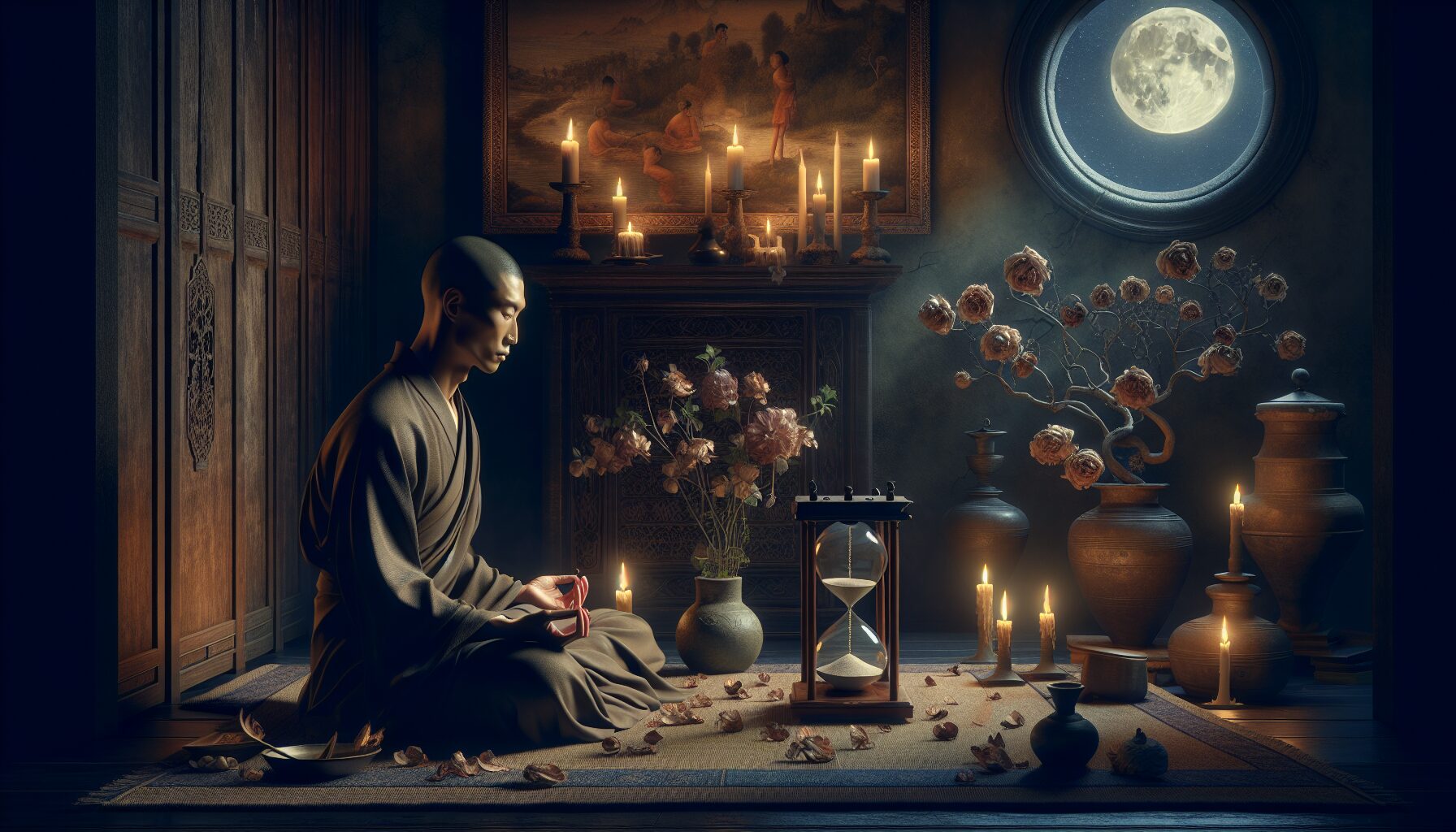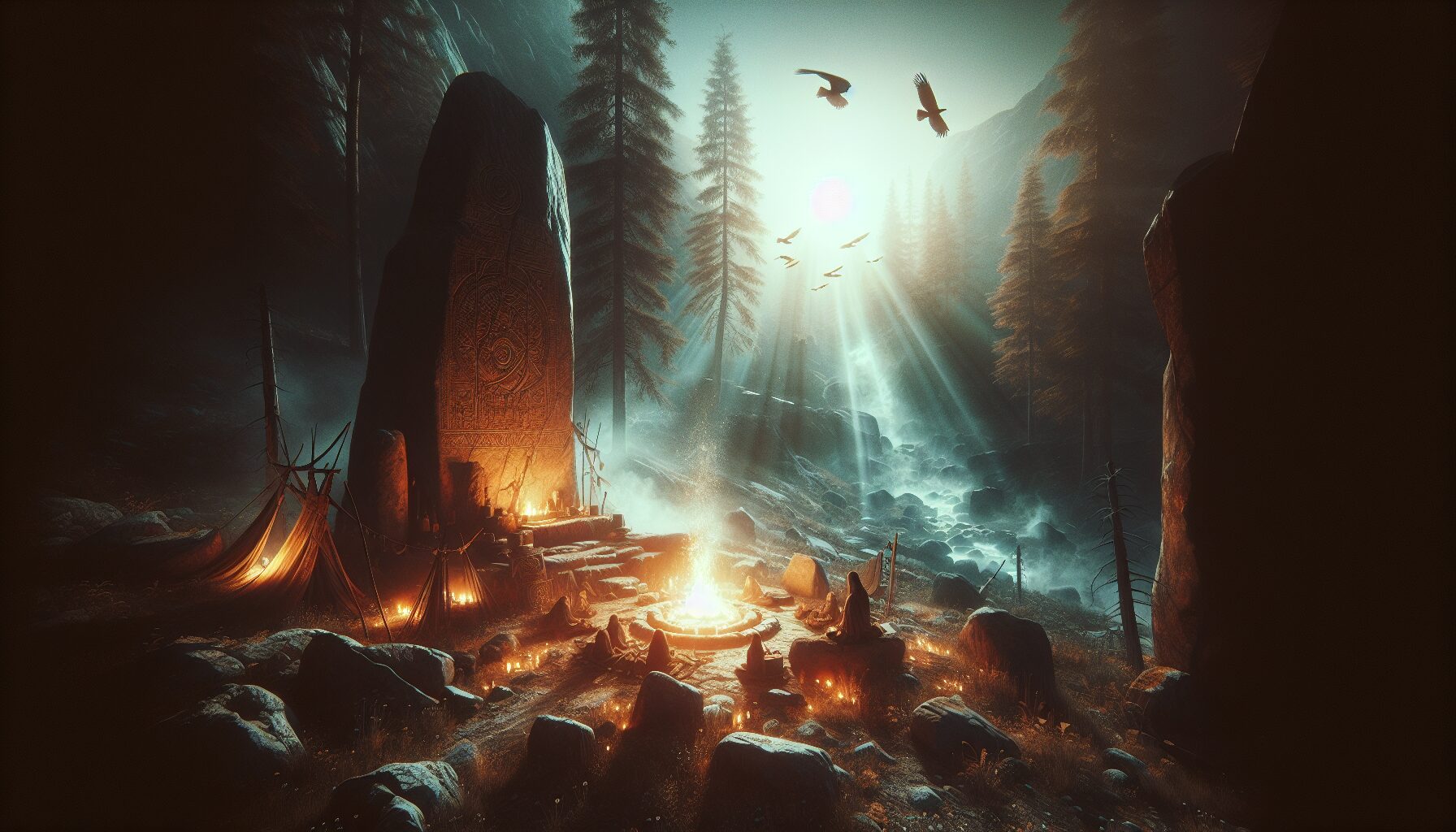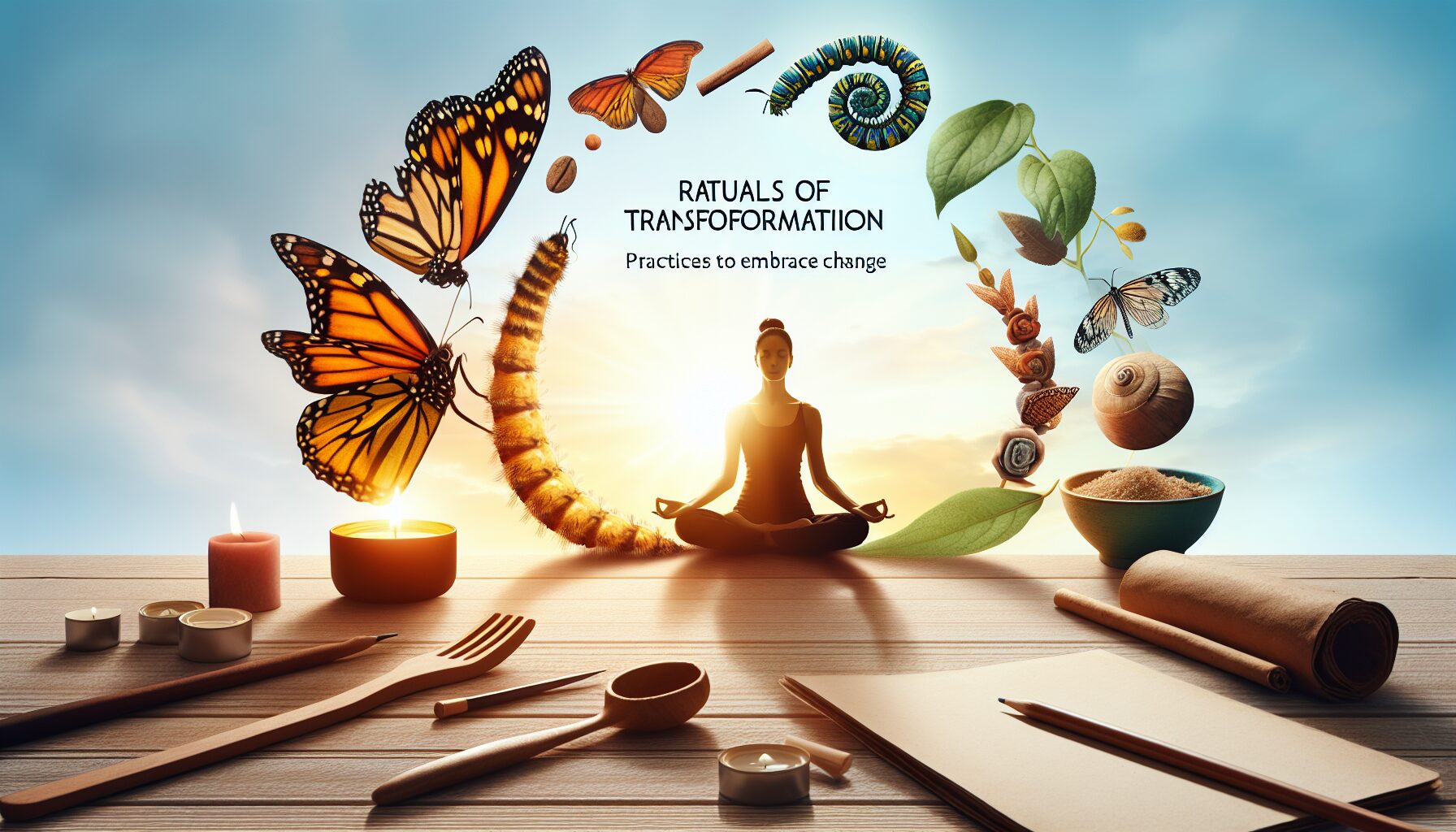Abstract Rites: Arcane Practices of Hidden Knowledge
Humanity has always been captivated by the enigmatic and the mysterious. From the earliest civilizations to the modern age, individuals and groups have explored abstract rites—arcane practices shrouded in secrecy and clandestine rituals, embodying our collective quest for hidden knowledge. How do these traditions intertwine with the very fabric of human curiosity and understanding? This article delves into the depths of such practices and their enduring legacy.
The Roots of Arcane Practices
The origin of secretive rites and arcane traditions can be traced back to ancient cultures that thrived on myth, mystery, and the divine. These ancient practices were often designed to ensure the harmony between the spiritual and earthly realms. Some of the most notable early examples include:
- Egyptian Mysteries: Profoundly spiritual, these ceremonies often revolved around the deities Osiris and Isis, aiming to impart sacred knowledge to initiates and ensure the perpetuation of cosmic order. The “Book of the Dead” is a quintessential work that details the rituals associated with death and the afterlife.
- Eleusinian Mysteries: Rooted in Greek mythology, these ancient rites associated with Demeter and Persephone promised initiates special knowledge and a hopeful prospect in the afterlife. As Gregory Nagy, a classicist at Harvard University, describes, “The Eleusinian Mysteries… involved a series of rituals believed to effect a transformation, a transition into a newer life of awareness and enlightenment.”
- Druidic Traditions: The Druids of the Celtic lands held rich oral traditions and spiritual practices that have intrigued historians. While much remains unknown, their rites were intimately woven with nature, the cycles of the sun and moon, and the storytelling method of transmitting wisdom across generations.
Modern Takes on Ancient Practices
In today’s world, arcane practices have evolved yet retain their core essence, adapting attractive narratives to contemporary seekers of hidden knowledge. One of the most famous examples is the Hermetic Order of the Golden Dawn, a society established in the late 19th century that synthesized various esoteric traditions into a cohesive system aimed at spiritual enlightenment. As noted by historian Christopher McIntosh, “The Golden Dawn… was a syncretic blend of Kabbalah, Tarot, astrology, and alchemy… serving as a bridge from traditional magic to modern spiritual practices.”
Another prominent modern practice deeply rooted in ancient wisdom is Wicca, which draws on various diverse traditions to form a nature-based belief system that centers on the veneration of the Goddess and the God. It emphasizes a deep connection with nature, lunar cycles, and the magic inherent in the natural world.
The Allure of the Secret
The allure of secretive rites lies in their promise of imparting those who participate with transformative wisdom and power. Many individuals are drawn to these practices by a profound desire for:
- Belonging: Initiates often develop a strong bond with fellow practitioners. Being part of an exclusive group that shares esoteric knowledge can satisfy a fundamental human need for connection and community.
- Personal Transformation: Arcane practices often promise significant spiritual or psychological transformation. Participants may hope to gain insight into life’s mysteries or achieve deeper self-understanding.
- Power and Control: For some, secretive rituals might offer perceived power over the unknown, facilitating control over aspects of life considered to be beyond ordinary influence.
Charges of Secrecy and Controversy
The clandestine nature of these practices has often led to controversy, confusion, and sometimes fear. Throughout history, secret societies and arcane rituals have been met with suspicion, their practices sometimes exaggerated or vilified by those outside their folds. Whether viewed as harbingers of hidden truth or threats to societal order, they frequently occupy a contentious place in cultural discourse.
“The secrecy inherent in such practices breeds a kind of mystique and sometimes fear, making them subjects of speculation and, in some cases, cultural fascination.” – Dan Harms, Folklorist
Why Hidden Knowledge Still Matters
As humanity transitions deeper into the 21st century, the persistence of arcane practices and their appeal remains intact. Hidden knowledge continues to capture the imagination, serving as a reminder of the continuous blending of the mystical and the rational, the spiritual and the empirical in the human quest for understanding.
In spaces where science has not yet penetrated, where empirical evidence is elusive, or where subjective experience reigns supreme, arcane practices find fertile ground. They act as placeholders for the unknown, as conduits through which modern individuals can tangibly engage with concepts as abstract as truth, consciousness, and the cosmos.
Conclusion
From the sacred halls of Egyptian temples to modern urban gatherings, the pull of abstract rites remains a powerful aspect of human culture. Whether invoking past gods, engaging with nature’s rhythm, or questing for hidden knowledge, these arcane practices stitch together humanity’s past, present, and future aspirations.
With mystery as their constant companion and spiritual enlightenment as their goal, abstract rites continue to thrive in the modern age—inviting this generation and the next into the ever-expanding search for the secrets they hold.









